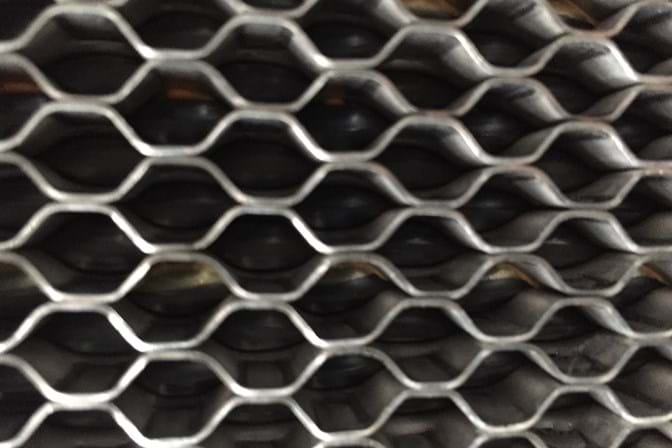Reduction in CO₂ emissions
The signatories to the Paris Climate Agreements have agreed to reduce CO2 emissions. The horticultural sector has agreed with government to participate in this endeavour. Geothermal energy is a clean, sustainable and reliable alternative to natural gas.
Advantages of geothermal heat:
- It is a sustainable source of energy with a very low carbon footprint.
- The costs for geothermal energy remain stable and predictable for a longer amount of time.
- Unlike many other types of renewable energy, geothermal energy is not impacted by external factors (wind, sunlight, etc.).
It is available 24/7. - Once the wells have been drilled, there is virtually no odour nuisance, dust exposure, noise exposure or visual intrusion for the environment.
Deep inside the earth it is very hot. The deeper we go, the hotter it gets. The temperature rises by approximately 33˚C for every kilometre you go down. Part of the rocks in the upper kilometres of the earth’s crust is porous and filled with water. At a depth of two to three kilometres we find water with temperatures between 70 to 100 ˚C. The energy in this hot water is called ‘geothermal heat’ or ‘geothermal energy’. This heat can be used for heating homes, buildings, industry or horticultural greenhouses.








